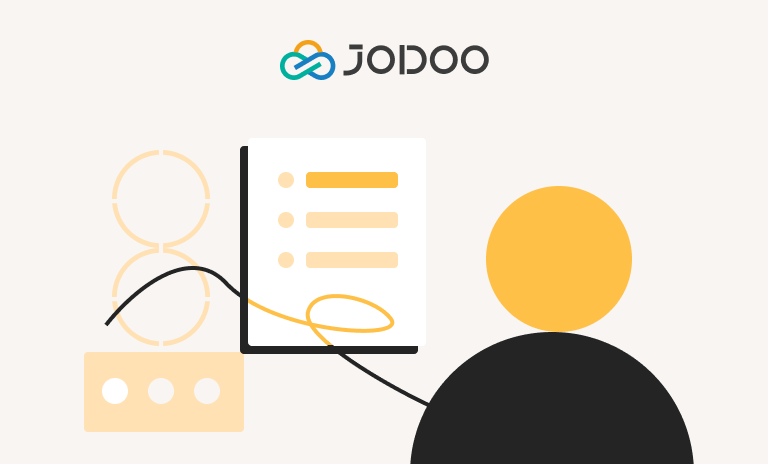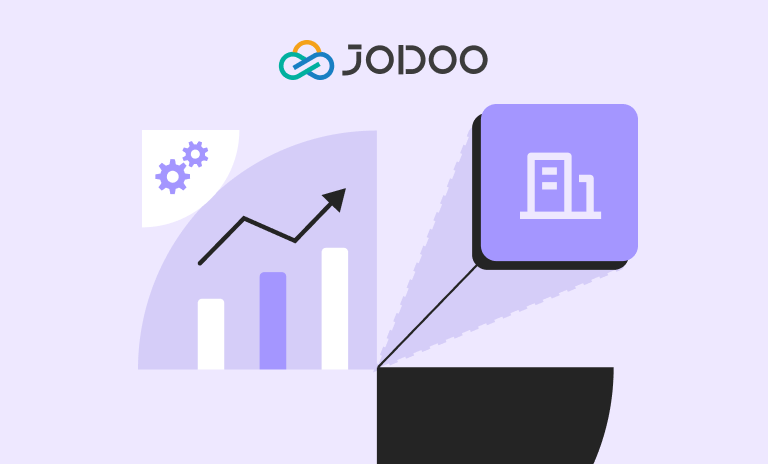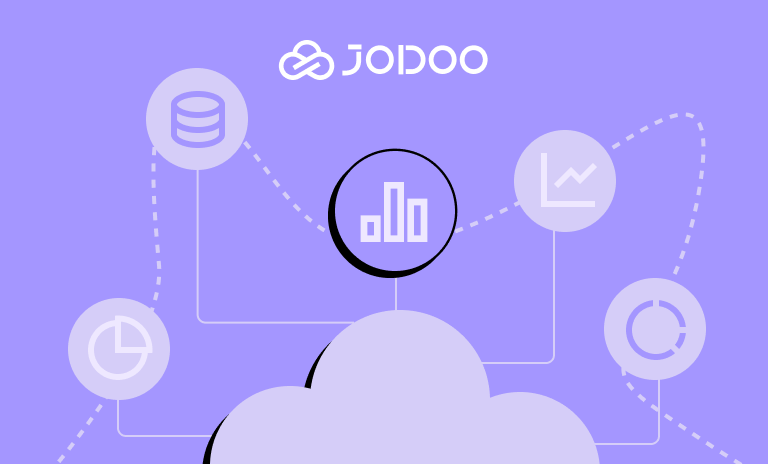Abstract: What is low-code development? What are the functions of it? What value can low-code development offer? This article gives you a thorough grasp of low-code development by summarizing its basic concepts, core values, and fundamental functions.
A better understanding of high-code development helps to dive deeply into the concepts, core values, and functions of low-code development. So, let’s start with getting to know high-code development.
What is High-Code?
High-code development refers to traditional programming where professional programmers develop apps through a load of code. Because everyone writes code differently, there are multiple ways to accomplish the same task. Some people might prefer clean coding, while others favor nesting in programming. As we all know, the more code there is, the more likely it is that there will be bugs caused by code modifications in the future. Actually, during the programming process of collaboration between departments, high-code development will be inefficient and cause various problems.

Definition of Low-Code
The complexity of programming has restricted most people from being a programmer. Even for a programmer, it is hard to effectively conduct R&D tasks. As a solution to boost the production of programming, visual programming has begun to gain popularity. Visual programming is programming with less code, which is relatively friendly to those who are not proficient in programming. Low-code development is a sort of visual programming.
The concept of low-code was first introduced by Forrester, an industry consultancy. According to Wikipedia, a Low-Code Development Platform (LCDP) offers programmers an environment for developing apps. Unlike conventional Integrated Development Environments (IDEs, programs used to provide a program development environment), LCDPs offer a more easy-to-use visual IDE.
As a visual build system, low-code development has two main features: visualization and less code writing. A system or app can be built quickly and effectively through simple drag-and-drop operations without complicated programming.
The emergence of low-code development is to lighten the burden on developers by enabling them to reduce duplication of work, avoid waste of resources and costs, and significantly improve the efficiency of system development, operation, and maintenance. Even employees without coding experience will be able to create apps.
Core Values of Low-Code Development Platform
- Ease the workload, minimize the need for testing to fix bugs, and reduce communication and time costs.
- Break down business barriers by quickly generating apps based on templates or visual interfaces through Drag-and-Drop.
- Easily change apps and business processes.
- Dramatically reduce the lead time of your project.
Core Functions of Low-Code Development Platform
Visual Editing
Based on the visual interface, business personnel can do simple drag-and-drop operations and configure data for analysis and presentation. While traditional coding can also partly be edited visually, low-code development emphasizes the full process, from front-end to back-end, across all technical levels.
Life Cycle Management
It covers a range of operational activities from the design phases all the way through to post-launch, including development, construction, testing, and deployment. Low-code tools allow users to access information about the created app and its development, and allow them to revert to previous versions for better application life cycle management.
High expansion capability
The low-code development platform supports app creation and adding functional components with less coding. It is also able to adapt to increasing users as the business grows, substantially enhancing the capacity for customization and flexibility.



